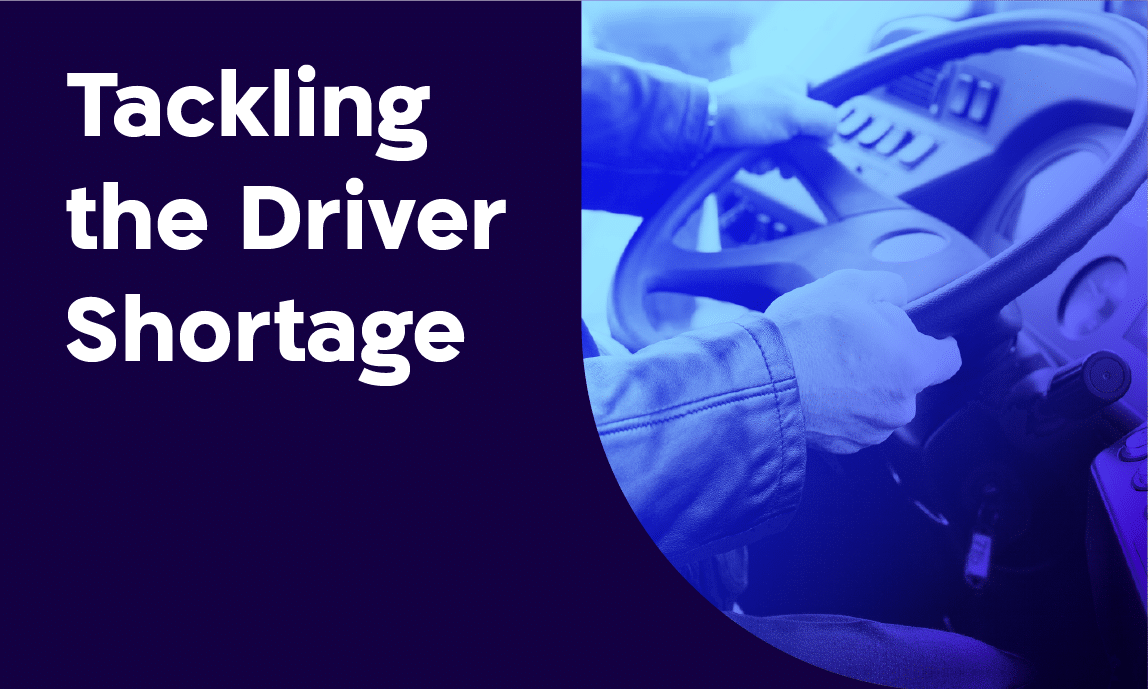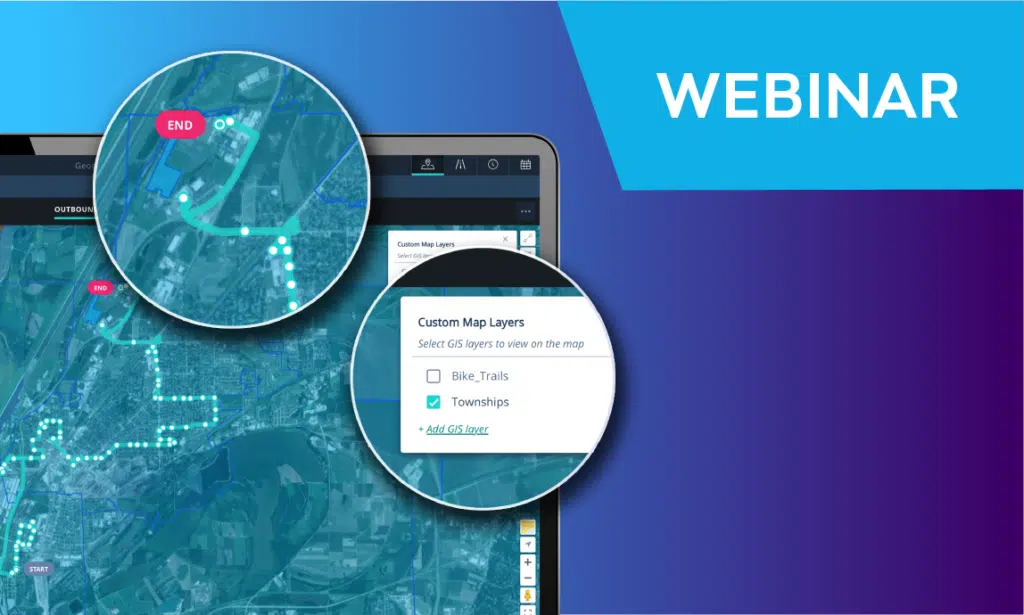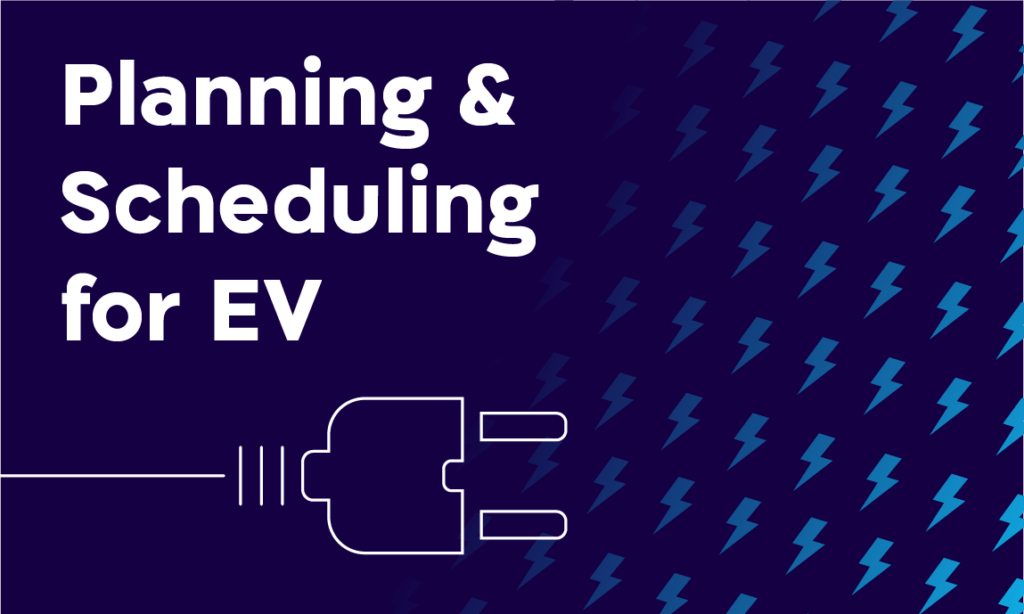You’ve decided you are going to use a cloud-based platform for your planning and scheduling needs.
Rest assured: You’ve made the right decision!
You’ve opted for modern software because:
- It’s future proof
- It is easy to learn and has a great interface
- It can improve agency performance though quick scenario planning and better operations
- It can deliver better work-life balance for drivers though better shifts and rosters
You did not opt for old, heavy software that runs on on-premise computers, requires database maintenance and doesn’t use algorithms that provide quality results.
Now what? How do you know you’ve chosen the best alternative?
1. Go for high-quality optimization.
WHY: What is high-quality optimization? High-quality optimization means that the scheduling algorithms uncover efficiency in a way that a human cannot. When it’s applied, we see significant operational savings that can then be applied to improve passenger service or to avoid service cuts. How does quality optimization happen? To reduce this complex technology to a simple idea, let’s say that high-quality optimization unleashes savings (e.g. by optimizing blocks and runcuts at the same time) and requires much less manual work (e.g. through better rostering or relief vehicle scheduling). The result is cost savings that can be applied to reduce planned service cuts or increase frequency, and more time to focus on better serving passengers.
2. Don’t overlook preference accuracy.
High-quality optimization depends on the ability to easily express preferences and constraints that are unique to your needs. This includes setting break preferences, supporting wage order 9, and more. If you can’t set your own preferences to reflect your specific needs, the resulting schedule won’t be optimized according to your unique requirements and will ultimately be lacking in quality.
3. Scale really matters.
WHY: If you have more than 30 vehicles, you already know that your scheduling challenge is set to grow exponentially. Make sure the platform you choose is proven to support optimization for hundreds of drivers, different driver types and roster rules as well as different vehicle types.
4. Choose a cloud-native system, not a cloud-based one.
WHY: Cloud-native systems are faster, more robust, and can scale to support large fixed-route fleets. Unlike cloud-native systems, cloud-based or cloud-hosted systems typically have many of the same problems as on-premise software because they are not built for the cloud. Don’t be misled by on-premise vendors promising to go cloud-based – it isn’t enough.
5. Choose a system that’s constantly evolving to bring you better features and results on a regular basis.
WHY: Before you commit to a specific scheduling platform provider, it’s worth making sure the provider will be committing to you too. This means asking questions like: Is the provider continuing to improve their product? Are they responsive to customer requests for new features? Do they have helpful and accessible customer support? Most importantly, do they constantly roll out new features that support your needs?



